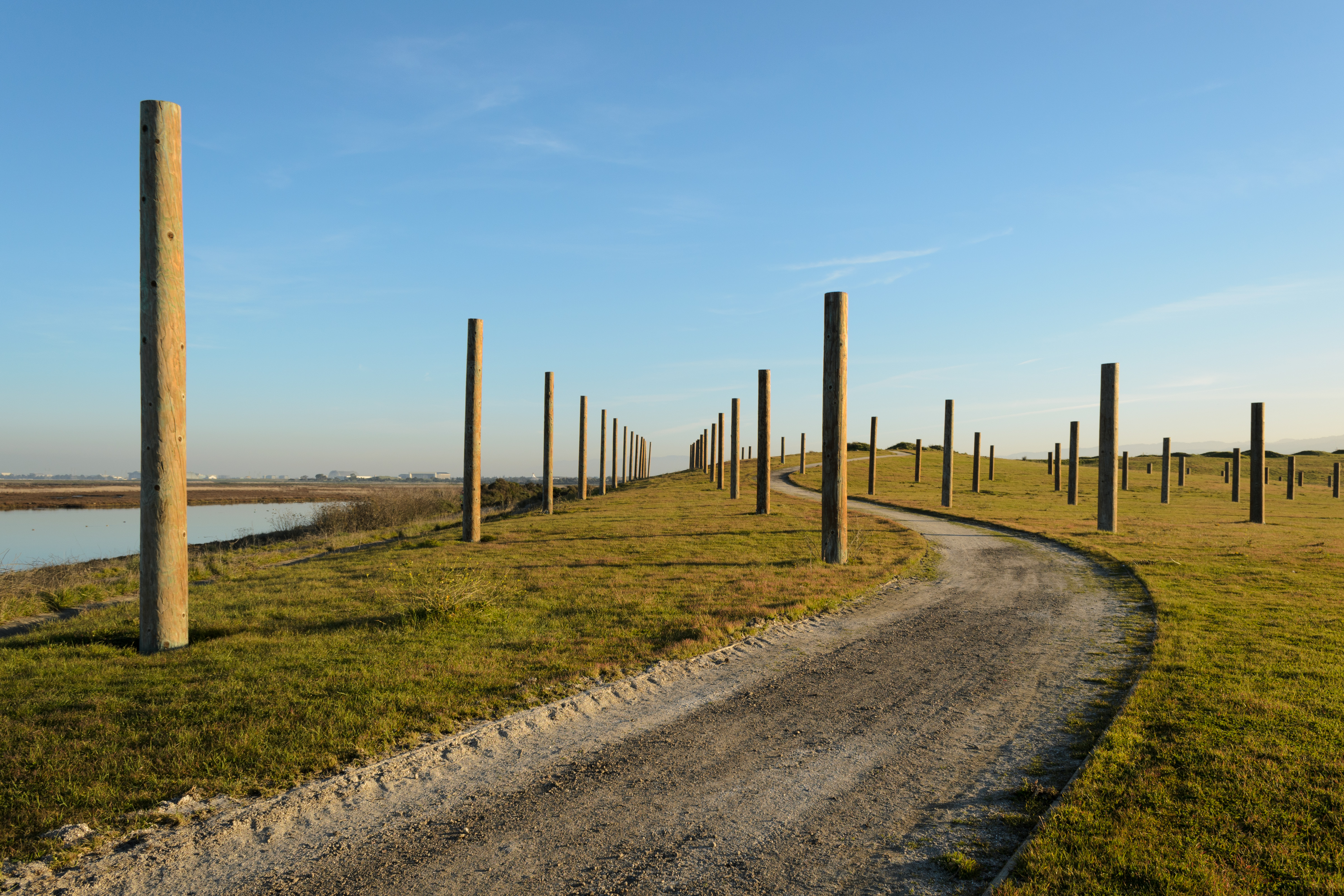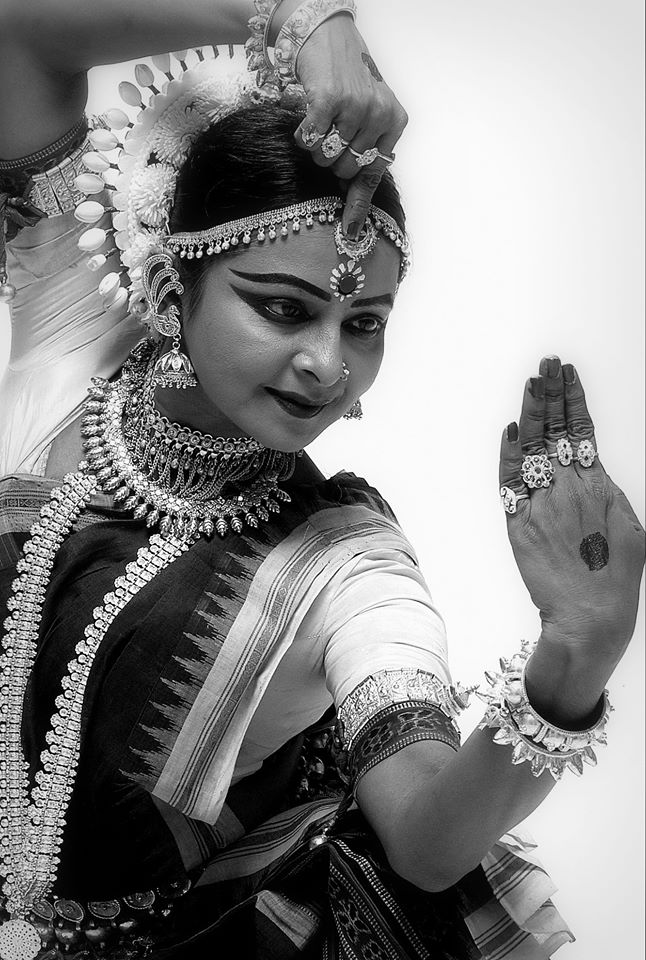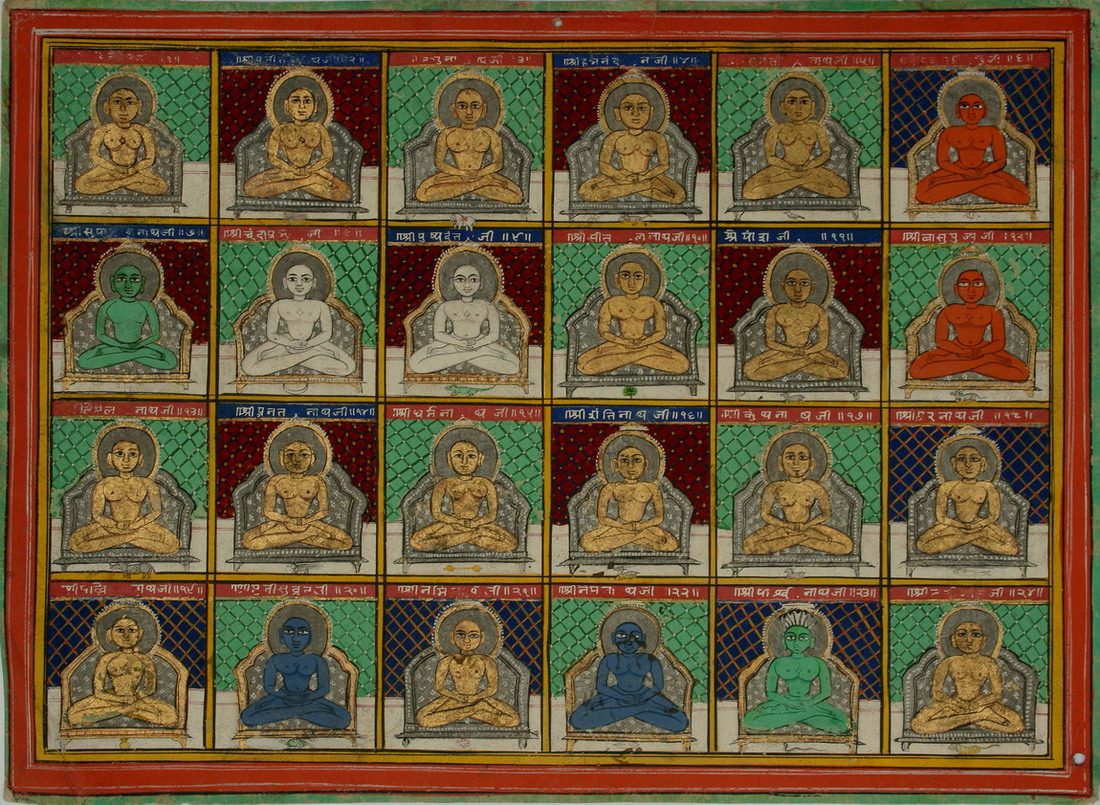|
Tribhanga
Tribhaṅga or Tribunga is a standing body position or stance used in traditional Indian art and Indian classical dance forms like the Odissi, where the body bends in one direction at the knees, the other direction at the hips and then the other again at the shoulders and neck. The pose goes back at least 2,000 years in Indian art, and has been highly characteristic for much of this period, "found repeated over and over again in countless examples of Indian sculpture and painting". Indian religions carried it to East and South-East Asia. Like the equivalent contrapposto and "S Curve" poses in Western art, it suggests movement in figures and gives "rhythmic fluidity and ... youthful energy". The word derives from Sanskrit, where ''bhanga'' (or ''bhangha'') is the word for an attitude or position, with ''tri'' meaning "triple", making "triple-bend position". Other poses described in old texts on dance were ''samabhanga'' for the "figure in equipoise", whether standing, sit ... [...More Info...] [...Related Items...] OR: [Wikipedia] [Google] [Baidu] |
S Curve (art)
Wenuszmf.jpg, The ''Venus de Milo'' statue has an S-curve form. Chiasmo Contrapposto-Canone Canon policleteo (3pages)-scheme-diagram-photo Paolo Villa 2024 CC BY-SA 4.0 (and italian Law & MiC)- Doryphoros by Polykleitos, photo-scheme-diagram.pdf, Diagram S-curve form of Doryphoros by Polykleitos In the visual arts, an S-curve is an '' S''-shaped curve that serves a wide variety of compositional purposes. The term is usually applied to the standing human figure bending first one way and then back the other. It may also be applied more generally, for example in landscape painting and photography. Human figure In Ancient Greek and Roman sculpture, the S-curve is a traditional art concept where the figure's body and posture is depicted like a sinuous or serpentine manner. It is related to and is an extension of the art term of contrapposto which is when a figure is depicted slouching or placing one's weight and thus center of gravity to one side. However, the S Curve involves ... [...More Info...] [...Related Items...] OR: [Wikipedia] [Google] [Baidu] |
Indian Sculpture
Sculpture in the Indian subcontinent, partly because of the climate of the Indian subcontinent makes the long-term survival of organic materials difficult, essentially consists of sculpture of stone, metal or terracotta. It is clear there was a great deal of painting, and sculpture in wood and ivory, during these periods, but there are only a few survivals. The main Indian religions had all, after hesitant starts, developed the use of religious sculpture by around the start of the Common Era, and the use of stone was becoming increasingly widespread. The first known sculpture in the Indian subcontinent is from the Indus Valley Civilization, and a more widespread tradition of small terracotta figures, mostly either of women or animals, which predates it. After the collapse of the Indus Valley civilization there is little record of larger sculpture until the Buddhist era, apart from a hoard of copper figures of (somewhat controversially) c. 1500 BCE from Daimabad. Thus the great t ... [...More Info...] [...Related Items...] OR: [Wikipedia] [Google] [Baidu] |
Yakshi
Yakshinis or Yakshis (, , Prakrit: ) are a class of female nature spirits in Hindu, Buddhist, and Jain religious mythologies that are different from Devas and Asuras and Gandharvas or Apsaras. Yakshinis and their male counterparts, the Yakshas, are one of the many paranormal beings associated with the centuries-old sacred groves of India. Yakshis are also found in the traditional legends of Northeastern Indian tribes, ancient legends of Kerala, and in the folktales of Kashmiri Muslims. Sikhism also mentions yakshas in its sacred texts. The well behaved and benign ones are worshipped as tutelaries, they are the attendees of Kubera, the treasurer of the gods, and also the Hindu god of wealth who ruled Himalayan kingdom of Alaka. There are also malign and mischievous yakshinis with poltergeist-like behaviours, that can haunt and curse humans according to Indian folklore. The ashoka tree is closely associated with yakshinis. The young girl at the foot of the tree is an a ... [...More Info...] [...Related Items...] OR: [Wikipedia] [Google] [Baidu] |
Yakshini
Yakshinis or Yakshis (, , Prakrit languages, Prakrit: ) are a class of female nature spirits in Hinduism, Hindu, Buddhism, Buddhist, and Jainism, Jain religious mythologies that are different from Hindu deities, Devas and Asuras and Gandharvas or Apsaras. Yakshinis and their male counterparts, the Yakshas, are one of the many paranormal beings associated with the centuries-old sacred groves of India. Yakshis are also found in the traditional legends of Northeast India, Northeastern Indian tribes, ancient legends of Kerala, and in the folktales of Kashmiri Muslims. Sikhism also mentions yakshas in its sacred texts. The well behaved and benign ones are worshipped as tutelary deities, tutelaries, they are the attendees of Kubera, the treasurer of the gods, and also the Hindu god of wealth who ruled Himalayas, Himalayan kingdom of Alaka. There are also malign and mischievous yakshinis with poltergeist-like behaviours, that can haunt and curse humans according to Folklore of India, ... [...More Info...] [...Related Items...] OR: [Wikipedia] [Google] [Baidu] |
Bhutesvara Yakshis
The Bhutesvara Yakshis, also spelled Bhutesar Yakshis, are a series of yakshi reliefs on a railing, dating to the 2nd century CE during the time of the Kushan Empire. The reliefs were found in the Bhuteshwar mound, around the remains of a Buddhist stupa, outside Mathura, and are now located in the Indian Museum in Kolkata,''The Culture of India'', Kuiper, Kathleen, Britannica Educational Publishing, 201p. 209/ref> with three pillars, and three more pillars and one fragment (half of a pillar) in the Mathura Museum. They are an important example of Mathura art, of which these and other yakshi figures are "perhaps the best known examples". The backs of the pillars contain reliefs with scenes from the life of the Buddha, and from Jataka tales about his previous lives. The Bhutesar mound is one of a row of large mounds originally just outside the city of Mathura, but now well within the modern city. The important, mostly Jain, site of Kankali Tila was two mounds down. Front of t ... [...More Info...] [...Related Items...] OR: [Wikipedia] [Google] [Baidu] |
Odissi Dance
''Odissi'' (''ଓଡ଼ିଶୀ'') also referred to as ''Orissi'' in old literature, oldest surviving classical dance of India, is a major ancient Indian classical dance that originated in the Hindu temple, temples of Odisha – an eastern coastal state of India.Odissi ''Encyclopædia Britannica'' (2013) Odissi, in its history, was performed predominantly by women, and expressed religious stories and spiritual ideas, particularly of Vaishnavism through songs written and composed according to the ''ragas'' & ''talas'' of Odissi music by ancient poets of the state. Odissi performances have also expressed ideas of other traditions such as those related to Hindu deities Shiva and Surya, as well as Hindu goddesses (Shaktism)., Quote: "There are other te ... [...More Info...] [...Related Items...] OR: [Wikipedia] [Google] [Baidu] |
Buddha
Siddhartha Gautama, most commonly referred to as the Buddha (),* * * was a wandering ascetic and religious teacher who lived in South Asia during the 6th or 5th century BCE and founded Buddhism. According to Buddhist legends, he was born in Lumbini, in what is now Nepal, to royal parents of the Shakya clan, but renounced his home life to live as a wandering ascetic. After leading a life of mendicancy, asceticism, and meditation, he attained nirvana at Bodh Gayā in what is now India. The Buddha then wandered through the lower Indo-Gangetic Plain, teaching and building a monastic order. Buddhist tradition holds he died in Kushinagar and reached ''parinirvana'' ("final release from conditioned existence"). According to Buddhist tradition, the Buddha taught a Middle Way between sensual indulgence and severe asceticism, leading to freedom from ignorance, craving, rebirth, and suffering. His core teachings are summarized in the Four Noble Truths and the Noble Ei ... [...More Info...] [...Related Items...] OR: [Wikipedia] [Google] [Baidu] |
Tirthankara
In Jainism, a ''Tirthankara'' (; ) is a saviour and supreme preacher of the ''Dharma (Jainism), dharma'' (righteous path). The word ''tirthankara'' signifies the founder of a ''Tirtha (Jainism), tirtha'', a fordable passage across ''Saṃsāra (Jainism), saṃsāra'', the sea of interminable birth and death. According to Jains, ''tirthankaras'' are the supreme preachers of ''dharma'', who have conquered ''saṃsāra'' on their own and made a path for others to follow. After understanding the true nature of the self or soul, the ''Tīrthaṅkara'' attains ''kevala jnana'' (omniscience). A Tirthankara provides a bridge for others to follow them from ''saṃsāra'' to ''moksha'' (liberation). In Jain cosmology, the wheel of time is divided into two halves, Utsarpiṇī', the ascending time cycle, and ''avasarpiṇī'', the descending time cycle (said to be current now). In each half of the cycle, exactly 24 ''tirthankaras'' grace this part of the universe. There have been infini ... [...More Info...] [...Related Items...] OR: [Wikipedia] [Google] [Baidu] |
Obverse
The obverse and reverse are the two flat faces of coins and some other two-sided objects, including paper money, flags, seals, medals, drawings, old master prints and other works of art, and printed fabrics. In this usage, ''obverse'' means the front face of the object and ''reverse'' means the back face. The obverse of a coin is commonly called ''heads'', because it often depicts the head of a prominent person, and the reverse ''tails''. In numismatics, the abbreviation ''obv.'' is used for ''obverse'',David Sear. ''Greek Imperial Coins and Their Values.'' Spink Books, 1982. p. xxxv. while , )(Jonathan Edwards. ''Catalogue of the Greek and Roman Coins in the Numismatic Collection of Yale College, Volume 2.'' Tuttle, Morehouse & Taylor, 1880. p. 228. and ''rev.''Allen G. Berman. ''Warman's Coins And Paper Money: Identification and Price Guide.'' Penguin, 2008. are used for ''reverse''. Vexillologists use the symbols "normal" for the obverse and "reverse" for the r ... [...More Info...] [...Related Items...] OR: [Wikipedia] [Google] [Baidu] |
Apsara
Apsaras (, , Khmer language, Khmer: អប្សរា are a class of celestial beings in Hinduism, Hindu and Culture of Buddhism, Buddhist culture. They were originally a type of female spirit of the clouds and waters, but, later play the role of a "nymph" or "fairy". They figure prominently in the sculptures, dance, literature and paintings of many South Asian and Southeast Asian cultures. The apsaras are described to be beautiful, youthful and elegant, and are said to be able to change their shape at will; making anyone fall for their beauty. There are two types of apsaras—''laukika'' (worldly) and ''daivika'' (divine). They are great in the art of dancing, and often wives of the gandharvas, the court musicians of Indra. The apsaras reside in the palaces of the gods and entertain them by dancing to the music made by the Gandharvas. The 26 apsaras of Indra's court are each said to symbolise a different facet of the performing arts, drawing comparisons to the Muses of ... [...More Info...] [...Related Items...] OR: [Wikipedia] [Google] [Baidu] |
Bodhisattva
In Buddhism, a bodhisattva is a person who has attained, or is striving towards, '' bodhi'' ('awakening', 'enlightenment') or Buddhahood. Often, the term specifically refers to a person who forgoes or delays personal nirvana or ''bodhi'' in order to compassionately help other individuals reach Buddhahood. In the Early Buddhist schools, as well as modern Theravāda Buddhism, bodhisattva (or bodhisatta) refers to someone who has made a resolution to become a Buddha and has also received a confirmation or prediction from a living Buddha that this will come to pass. In Theravāda Buddhism, the bodhisattva is mainly seen as an exceptional and rare individual. Only a few select individuals are ultimately able to become bodhisattvas, such as Maitreya. In Mahāyāna Buddhism, a bodhisattva refers to anyone who has generated '' bodhicitta'', a spontaneous wish and compassionate mind to attain Buddhahood for the benefit of all sentient beings. Mahayana bodhisattvas are spiritua ... [...More Info...] [...Related Items...] OR: [Wikipedia] [Google] [Baidu] |









